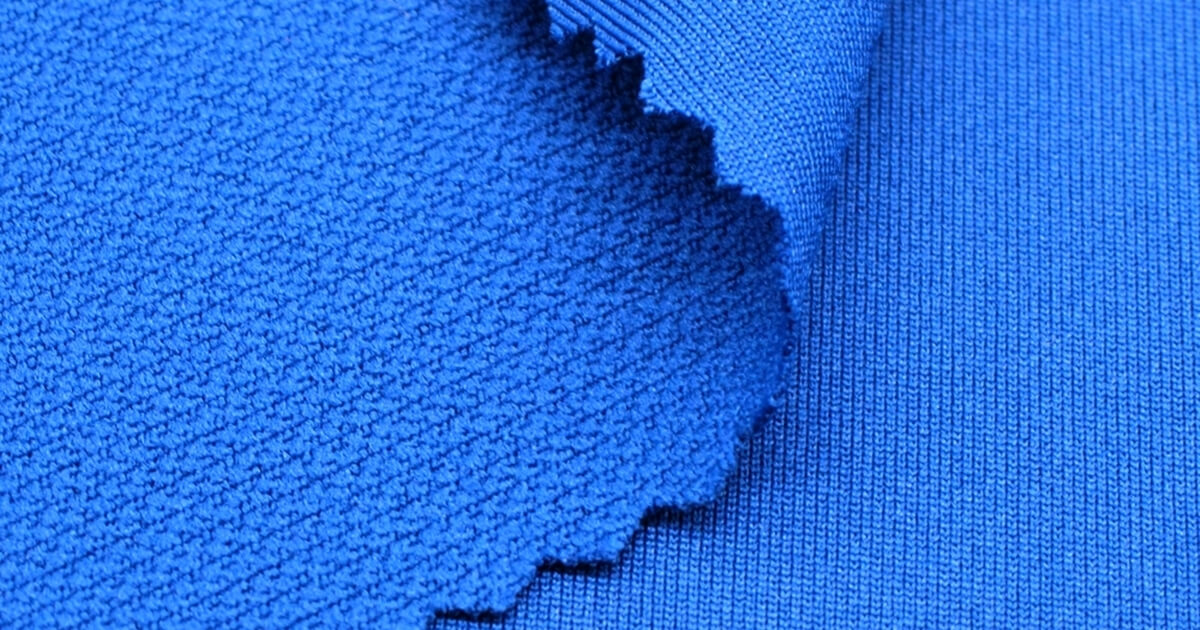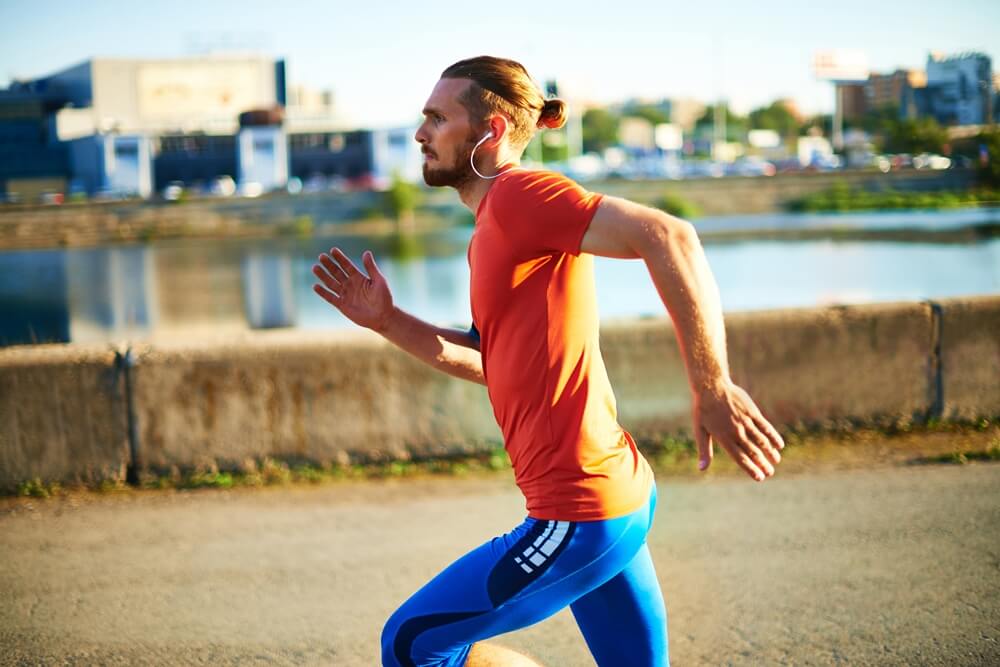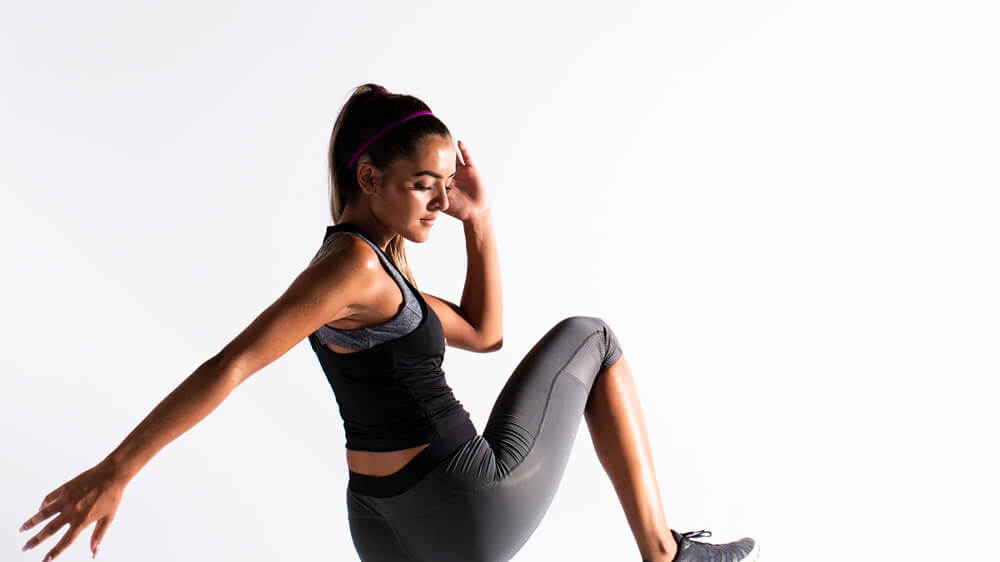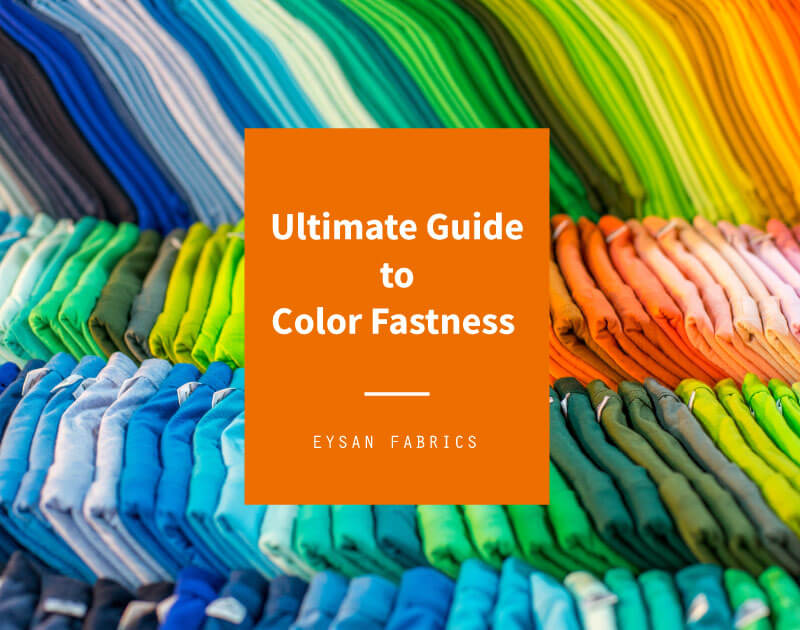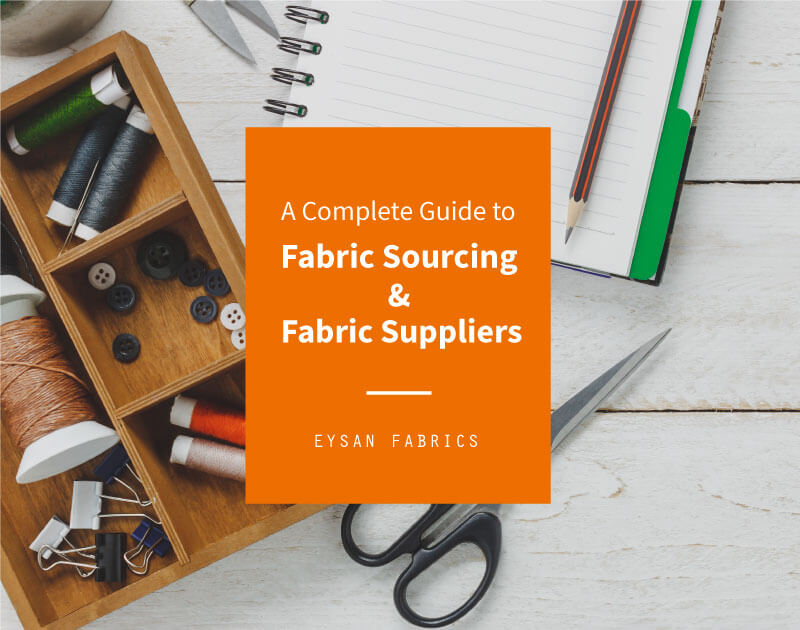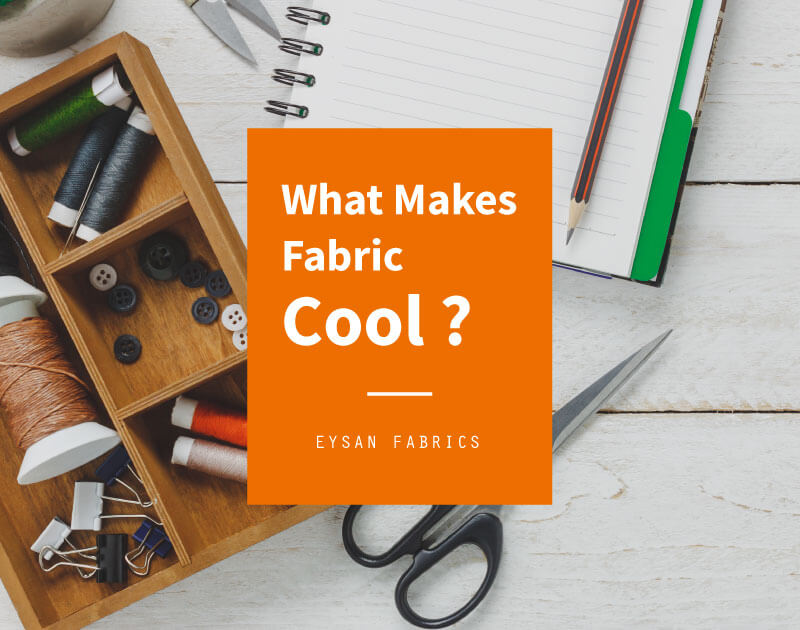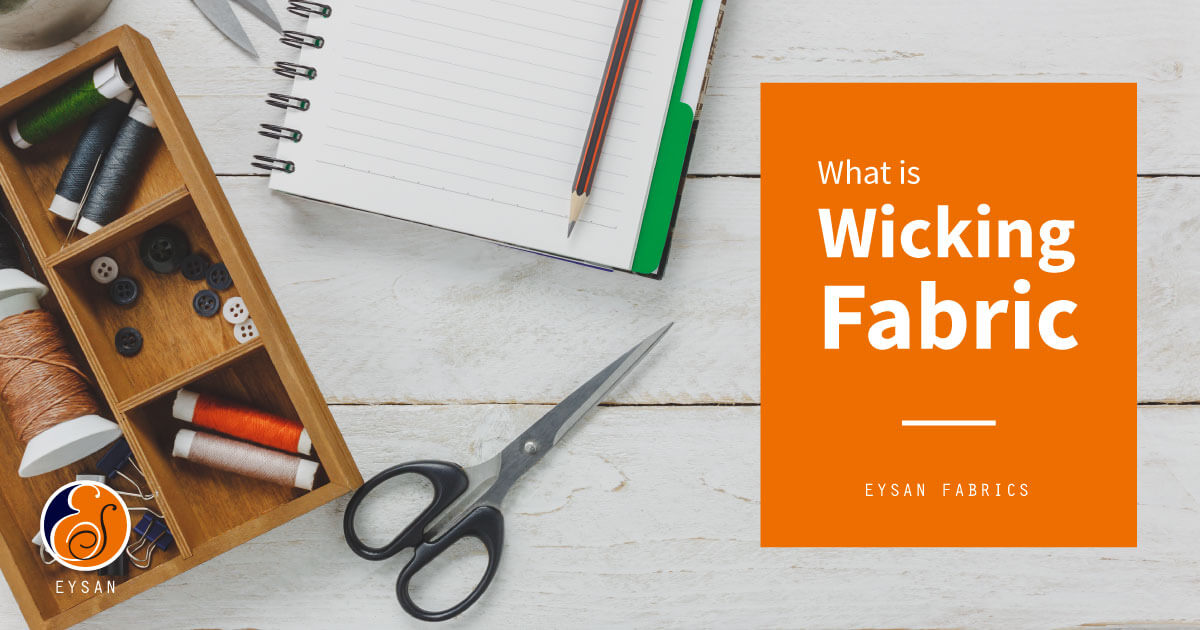
Sourcing material for outdoor or sports clothing? Chances are you’ve come across the phrase “wicking fabric“.
But what is this stuff? How does it work? And how useful is it for your product? If you’re looking to have moisture wicking fabric explained, you’re in the right place
What is Wicking Fabric?
Wicking fabric is pretty technical stuff. (We’ll get into exactly how to works a little later in this article.) But its effect is simple. It has two primary jobs.
To draw moisture (in this case sweat) away from the body.
To dry quickly.
This keeps the wearer dry and allows the body to regulate its temperature more effectively. It also helps to prevent the odor and irritation sometimes experienced with perspiration.
What is Wicking Fabric Used For?
Because of these sweat diffusing properties, wicking fabric is the perfect material for any kind of sportswear, active wear or clothing used in outdoor pursuits.
In hotter parts of the world, it’s also becoming popular for everyday wear, underwear and even bedding.
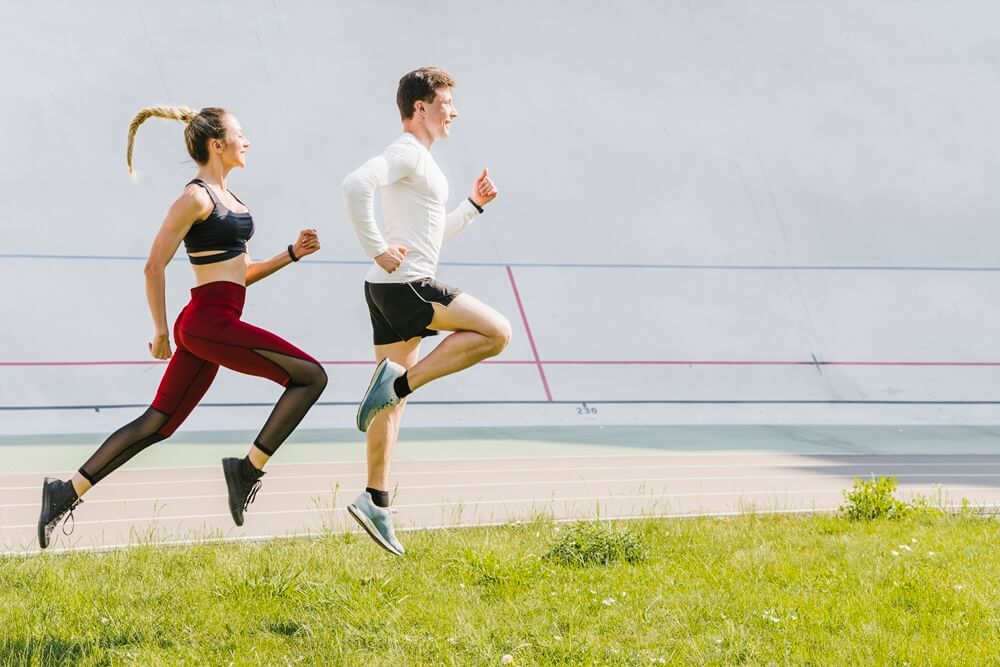
How does Wicking Fabric Work? How Many Types of Wicking Fabrics Are There?
There are three main ways in which we can give a garment wicking properties.
1. The Construction of the Yarn
Wicking yarn has a different composition to that of regular yarn. A normal yarn is round in shape.
Wicking yarn isn’t round. It might be cross or flower shaped, as you can see in the diagrams below. Ultimately, it’s designed to have more spaces and channels through which moisture can move.
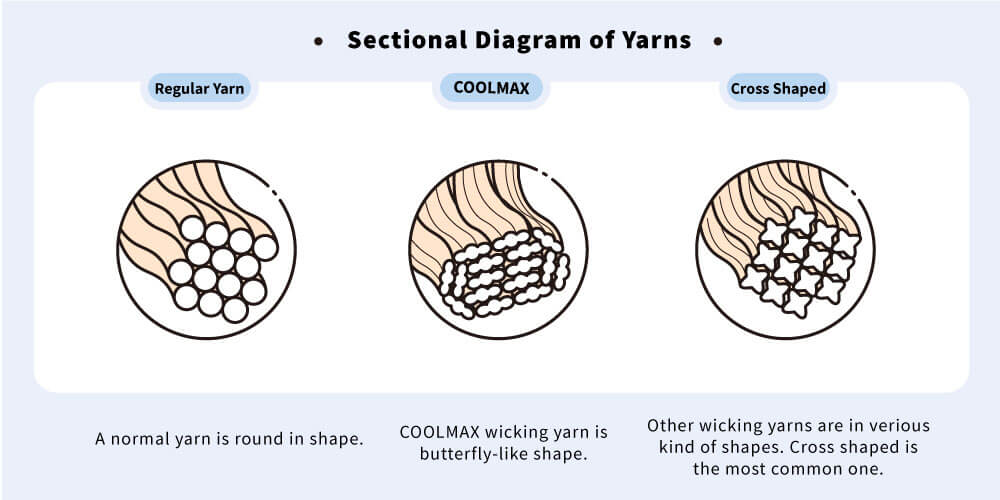
This process of moisture movement is called capillary action. Tiny capillaries (little tubes) in the yarn allow moisture to move through the fabric. Sweat is wicked away from the body and can then evaporate into the air.
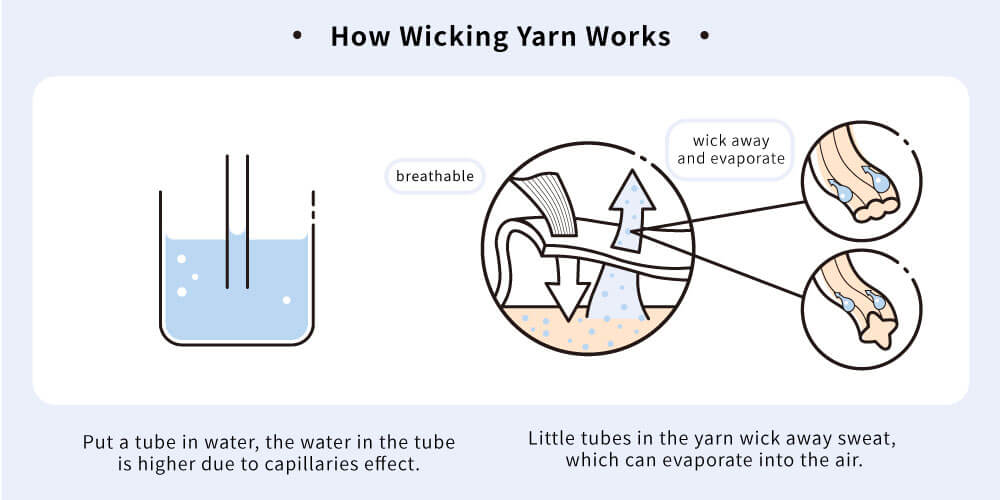
Wicking yarn is always synthetic filament so it’s only available in materials like polyester and nylon.
2. The Knitting Structure
This process is sometimes referred to as one-way wicking or mechanical wicking. Fabric (like this) is knitted into a particular pattern. The pattern of the fabric forces moisture into the outer layer of the garment.
This means sweat is taken away from the skin and diffused over a large area of the outer fabric. It is then able to evaporate quickly and efficiently.
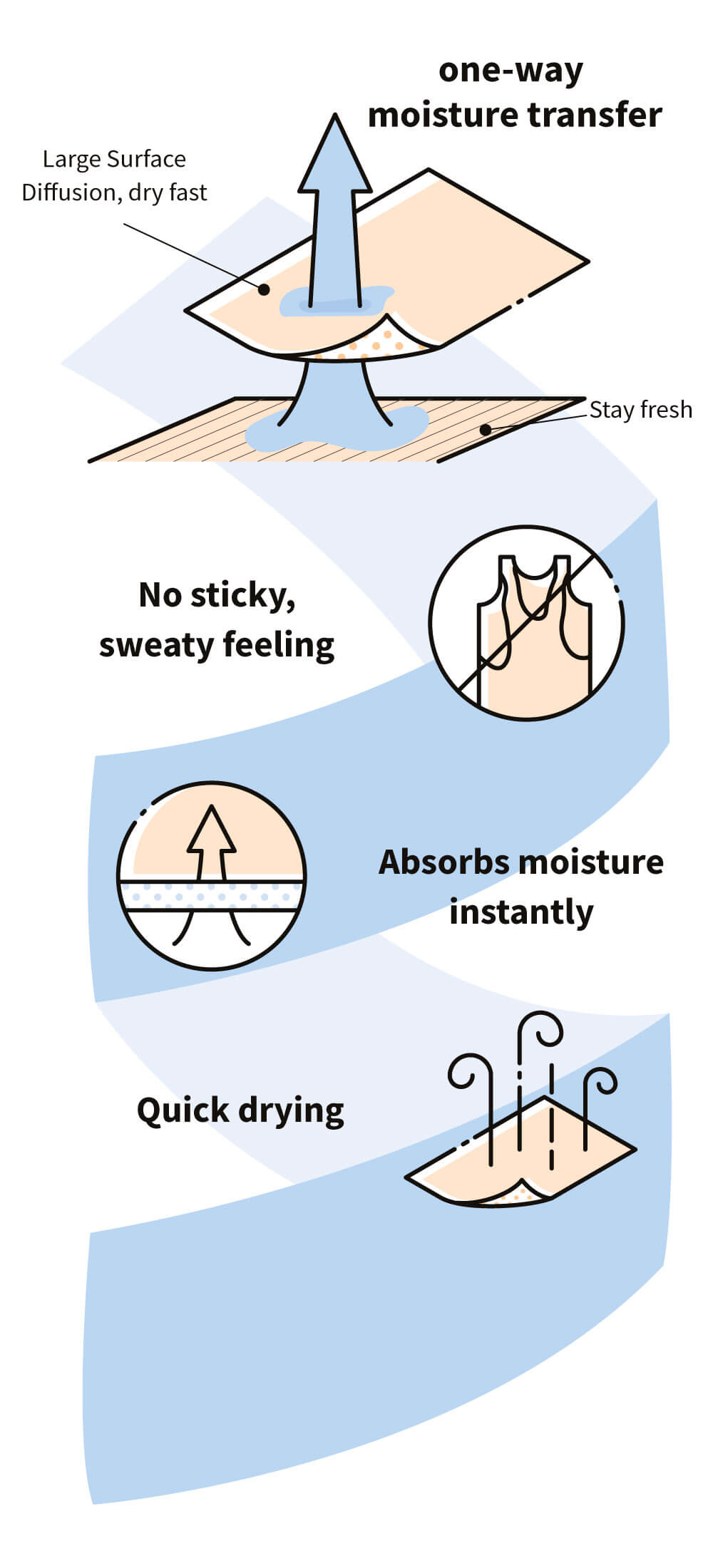
Features of One-Way Wicking Fabrics
• No sticky, sweaty feeling: Because the sweat is absorbed up and moved to the outside of the fabric, your clothes will never stick to your skin. The feeling of the clothes on your skin will always be gentle and smooth.
• Absorbs moisture instantly: As soon as sweat touches the fabric, it is immediately absorbed up into the fabric and due to the weave pattern of the fabric, the moisture is forced to the outer layer.
• Quick drying: As the sweat moves to the outer layer of the fabric, it spreads out over a larger area on the surface. Because the air is now in contact with a larger surface area of moisture, it will dry out the moisture even quicker.
3. Adding a Chemical Finish
We can give a regular fabric wicking properties by adding a chemical finish containing a hydrophilic molecule. This is usually added while dyeing or setting the fabric.
After fabrics are treated, the additive attaches to the surface of the yarn and makes the yarn hydrophilic.
A chemical wicking finish is cheaper than wicking yarn. But when the clothes are washed, the finish will gradually wear away.
The 3 Ways to Give Fabric Wicking Qualities
| Wicking Yarn | One-way Wicking Knitting Structure | Wicking Finish | |
|---|---|---|---|
| How it works | Profiled fibers and capillary action | Knitted diversion channel | Chemicals |
| Does wicking ability fade with washing? | No | No | Yes |
| Price | Depends on the brand of yarn. For example well-known brand, Coolmax, is more expensive than yarns from Taiwanese manufacturers. | Depends on the knitting structure. | Cheaper in comparison to the other two options. |
| Brandnames | Coolmax. Taiwanese brands include Coolbest, Top Cool and Coolplus | N/A | 3M |
Wicking fabric is most commonly made with one of the three following materials:
Polyester. Polyester is cheap, easy to handle and dries quickly. It’s the most popular wicking fabric available.
Nylon (Polyamide). Nylon is durable and smooth to touch. It dries more slowly than polyester but is still a popular choice for sportswear.
Cotton. Cotton absorbs sweat quickly but it doesn’t dry quickly. It is useful for casual wear but not suitable for activities that generate a lot of sweat.
Other natural yarns. Most natural fiber yarns aren’t suitable for wicking, for example cotton, rayon, linen etc.. But, when blended with polyester yarn, it’s possible to give them reasonable wicking qualities. They are more suitable for activities that don’t generate a lot of sweat.
It can be pretty difficult to tell if a fabric has wicking properties just by looking at it. Don’t be tricked by fabric structure on the surface. You can never be sure what lies beneath.
There are a few other things you can try, however.
- Check if there is a wicking fabric brand name (like COOLMAX) on the garment tag.
- Drip a few drops of water onto the fabric. If the water is repelled, you can be sure that you’re not dealing with wicking fabric.
- Read the care instructions. Fabric softener blocks wicking yarn and prevents it from functioning properly. If the care tag tells you to avoid fabric softener, the fabric could have wicking properties. However, there is no standard laundry symbol for do not use fabric softener, so look carefully on other tags on the garment.
Wicking fabric is a complex but really useful thing, especially for manufacturers of active wear or sportswear.
If you’d like to know more about wicking fabric or you’re interested in Eysan’s wicking fabric range, contact us today for more information.
Learn more about knit fabric:
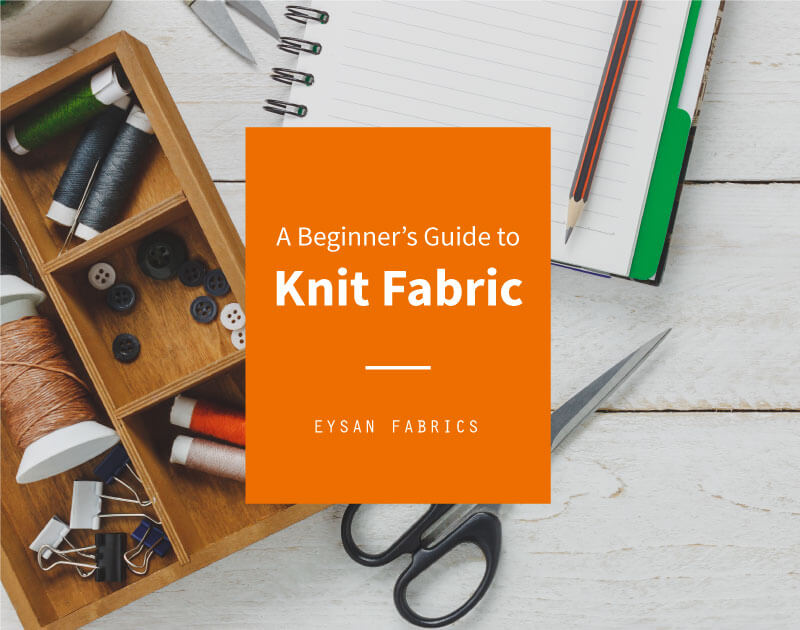
A Beginner’s Guide to Knit Fabric
What is knit fabric? Here you will learn types, characteristics, and applications of knit fabric, one of the most common apparel fabric, with pictures!
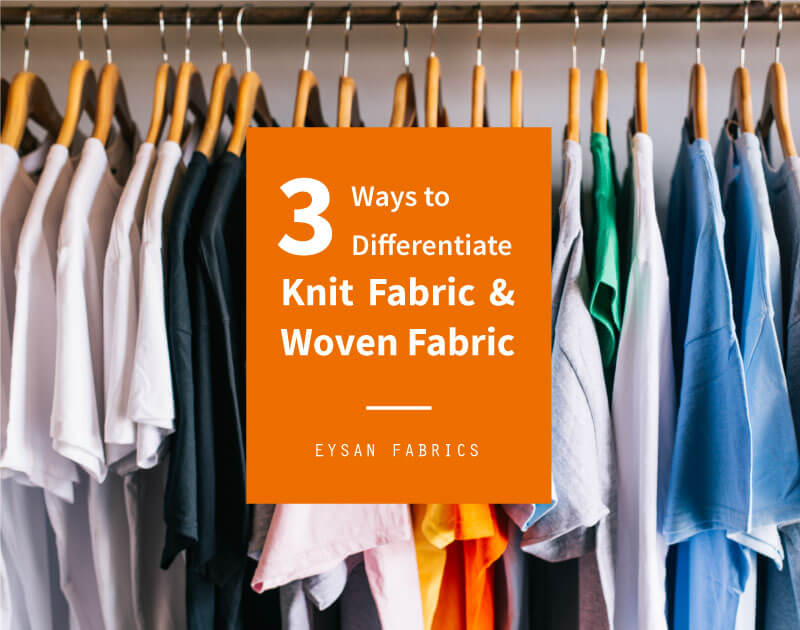
3 Ways to Differentiate Knitted and Woven Fabrics
The difference between knit and woven fabric is very obviouse and simple. We use their characteristics to differentiate knit and woven fabric in 3 ways.
Want to know more about EYSAN? Or looking for fabric advice?
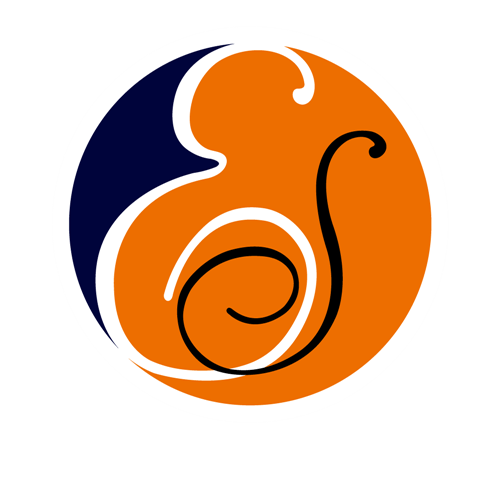
Eysan Fabrics
Eysan is a knitted fabric expert. Since 1986, it has continually supplied quality fabrics and service to clothing manufacturers and well-known clothing, athletic, and underwear brands. If you have any questions regarding knitted fabrics or have any knitted fabric needs, please feel free to reach out to us.

